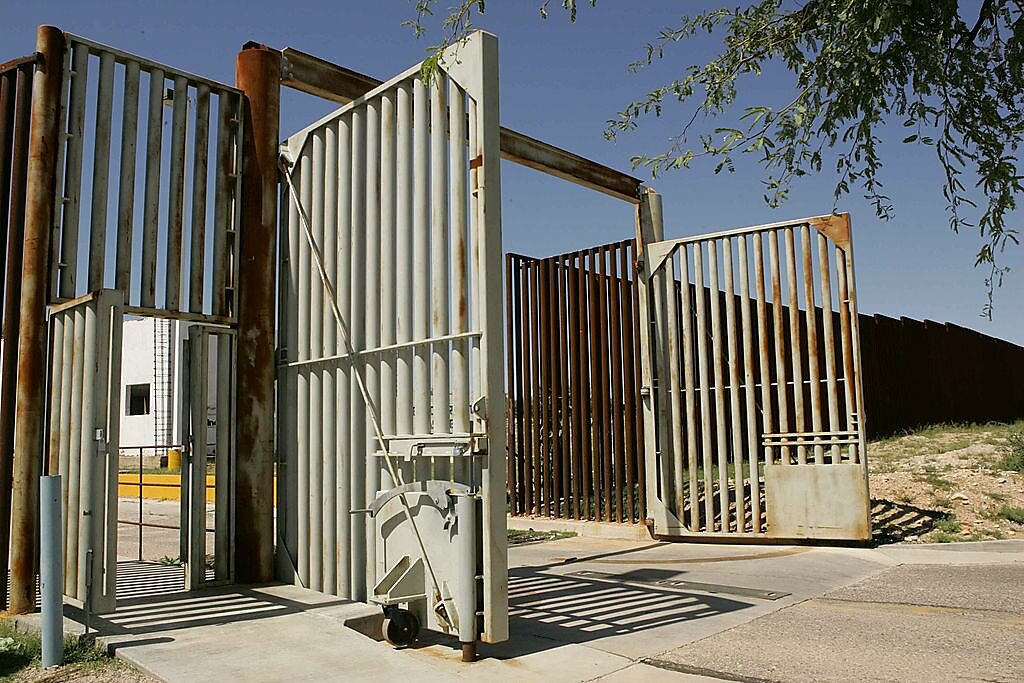With school choice advocate Betsy DeVos slated to become the next U.S. Secretary of Education, the battle between regulation and freedom has suddenly become more intense, with people on both sides exchanging fire. Yesterday, Jason Bedrick weighed in against regulation, while today Jeffrey Selingo warns that a major reason “choice hasn’t necessarily led to better outcomes in higher education is the absence of a strong gatekeeper for quality control.”
This sort of assertion strikes me as more an article of intuitive faith than a conclusion based on evidence. If only some well-informed, smart group of experts decided what people could choose, choices would be much better. The problem is that no one has the omniscience to do the job, especially so effectively that the costs of bureaucracy, barriers to entry, and kneecapping of innovation don’t severely outweigh the hoped-for benefits.
The University of Arkansas’ Jay Greene tackles the omniscience problem in his response to many of the calls for heavier gates, preferably triple-locked and backed with a moat and walls with dudes on top ready to drop hot tar on anyone unsavory who might get in. Writeth Greene:
I’ve written previously about the disconnect between near-term test score gains and changes in later life outcomes. If we can’t reliably use rigorously identified test score gains to predict later life outcomes, then on what basis will regulators be able to judge quality to protect families against making bad choices?…
But let’s say you don’t believe me about the weak predictive power of test score gains and are determined to use tests as the main indicator of school quality. We are still left with the question of whether regulators are any good at identifying which schools will contribute to test score gains. Fortunately, we have a recent study that examined whether the criteria used by regulators in New Orleans are predictive of test score growth — even if we accept test gains as a reliable indicator of quality. The bottom line is that none of the factors used by authorizers to open or renew charter schools in New Orleans were predictive of how much test score growth these schools could produce later on.
Gatekeeping sounds so safe and reassuring at first: someone let us choose only good stuff, and good stuff is all we’ll get. But the reality is no one is the deity necessary to infallibly—or even close to infallibly—know good stuff when they see it.
So does higher ed offer no lesson for K‑12? Hardly, but it’s the opposite of what Selingo suggests: K‑12 needs to decentralize and put funding in the hands of families.
American higher education has huge problems that I’ve listed so many times I can’t bear to repeat them (though I’ll get to two big ones in a moment). But even with its mammoth flaws, our higher education system works far better than elementary and secondary schooling. Our colleges feature top faculty talent, dominate international rankings, and attract students from all around the world. Pretty sure we can’t say that for K‑12!
Higher ed’s relative dynamism and international prominence is almost certainly a function of our colleges having lots of autonomy coupled with a need to compete for students.
But there are still those tremendous problems, perhaps the greatest of which are massive noncompletion and huge price inflation. Both, however, are largely functions of a funding system that is fundamentally the same as K‑12 education: someone other than the consumer is paying the bill. When someone else pays—especially nameless, faceless taxpayers—consumers’ incentives to think long and hard about what they are buying, and the prices they pay, shrink.
Go ahead, pursue the Uzbekistani studies major with badminton minor, and take six years (or more) to do it—someone else is footing the bill!
Of course, public elementary and secondary schools are funded directly—not through students—so they don’t face the price-inflation problem. Such inflation is, however, a very real concern should school choice become widespread, especially through vouchers. And while American higher education shows that it is much better that schools be autonomous and forced to compete, this is reality: any big subsidies will have big, ugly side effects.
Is the higher education lesson for K‑12 schooling that it needs bigger, stronger gates? No. It’s that tough gatekeeping makes worse a situation already suffering from massive subsidization.

